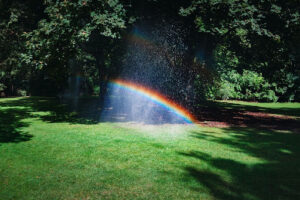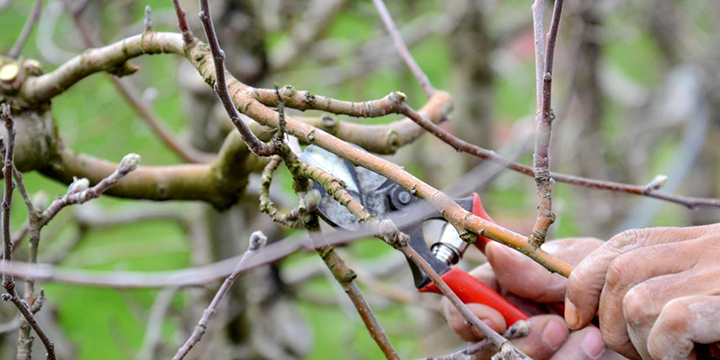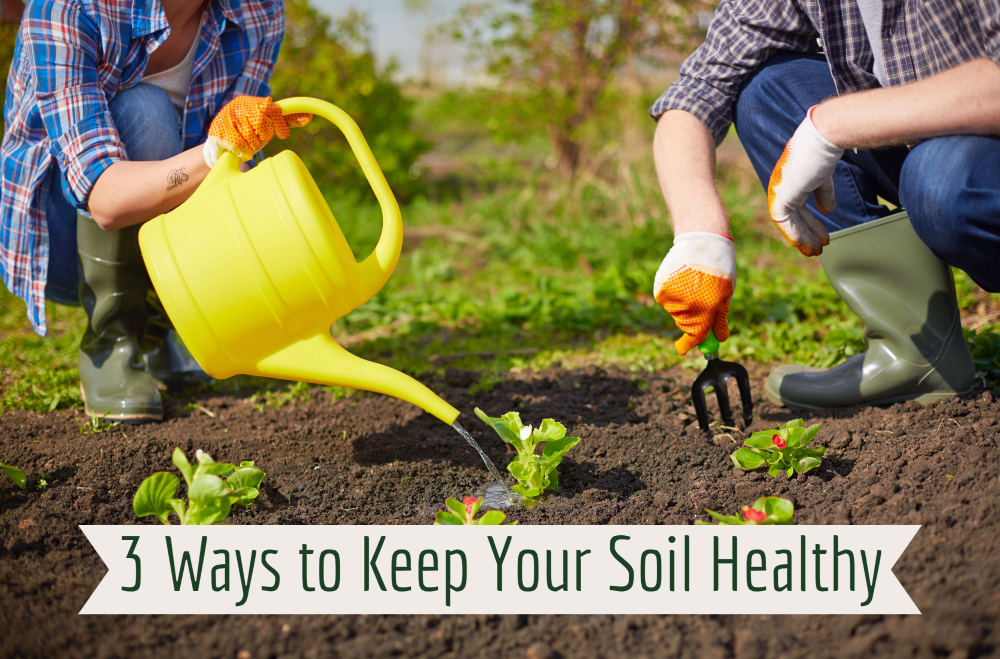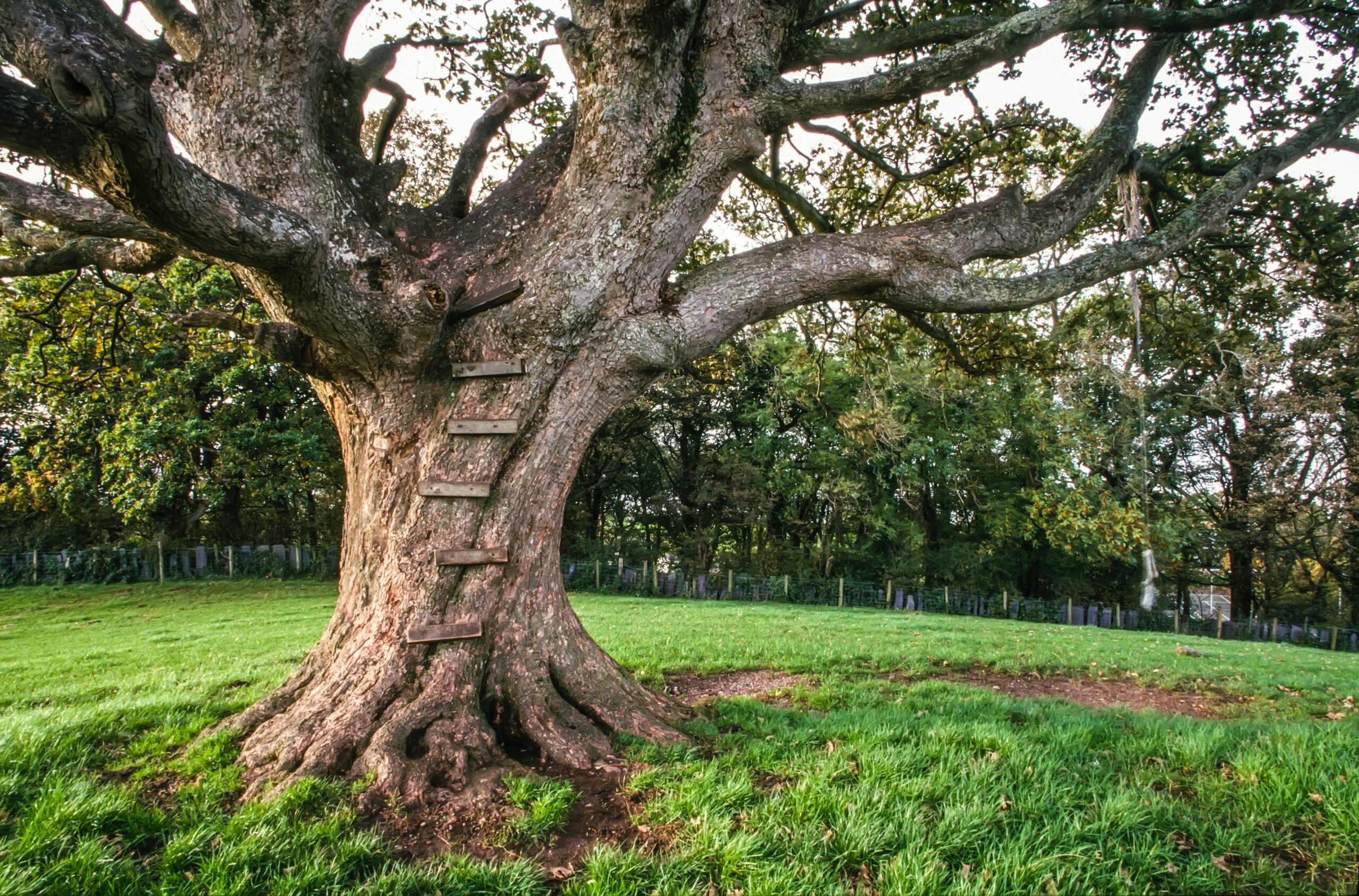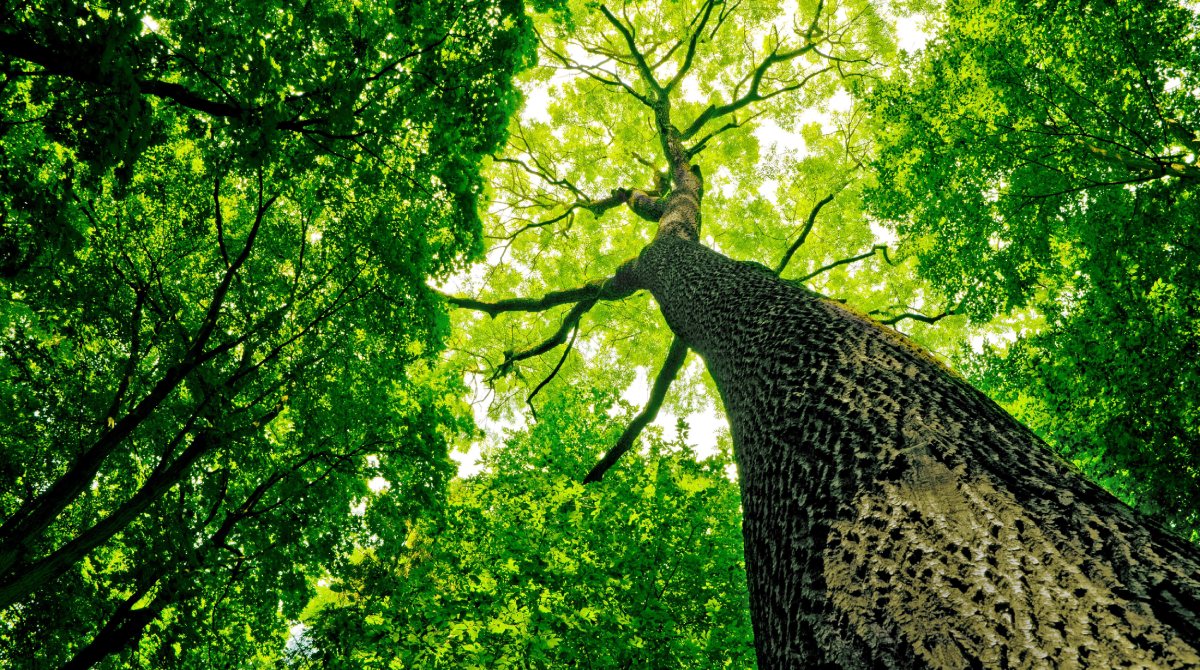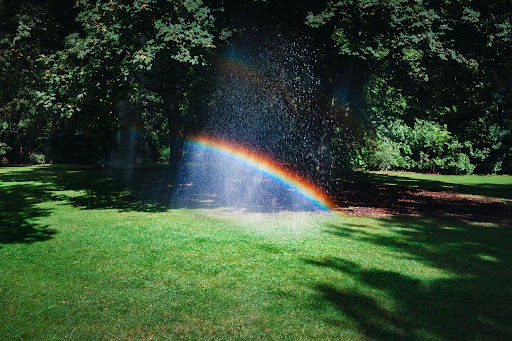
Tree Water Conservation in Argyle: Best Practices
Date January 05, 2024
Argyle, a small town in Texas, is known for its scenic beauty and vast greenery. The town is home to several species of trees that thrive in the local climate. However, with the increasing demand for water resources, it has become crucial to conserve water while maintaining the health of these trees. This is where TreeNewal comes in.
TreeNewal is a tree care service that specializes in water conservation techniques. They have developed a set of best practices for tree water conservation specific to the climate and environment of Argyle. These practices not only help conserve water but also promote the growth and longevity of trees. By following these practices, residents of Argyle can ensure that their trees remain healthy and vibrant for years to come.
In this article, we will discuss the best practices for tree water conservation in Argyle recommended by TreeNewal. We will explore the benefits of these techniques and how they can help conserve water while maintaining the health of trees. Whether you are a homeowner, landscaper, or arborist, this article will provide you with valuable insights on how to care for trees in a water-scarce environment.
Understanding Argyle’s Unique Climate and Its Impact on Trees
Argyle’s climate is characterized by hot and humid summers, and mild winters. The region experiences an average annual precipitation of 38 inches, with the majority falling between the months of April and October. The soil in Argyle is generally clayey, which can make it difficult for trees to absorb water.
Trees in Argyle face several challenges due to the climate and soil conditions. The hot and dry summers can cause trees to lose significant amounts of water through transpiration. Additionally, the clayey soil can make it difficult for water to penetrate deep into the soil, leading to water stress in trees.
To combat these challenges, it is important to implement water conservation techniques in tree care. This includes proper watering techniques, mulching, and soil amendments to improve soil structure and water holding capacity. By implementing these techniques, trees in Argyle can thrive and continue to provide the numerous benefits they offer to the community.
Here are some best practices for tree water conservation in Argyle:
- Water trees deeply and infrequently to encourage deep root growth and reduce water loss through evaporation.
- Use mulch around the base of trees to retain moisture in the soil and prevent weed growth.
- Use organic soil amendments such as compost to improve soil structure and water holding capacity.
- Choose drought-tolerant tree species that are well-suited to the local climate and soil conditions.
By understanding Argyle’s unique climate and its impact on trees, tree care professionals can implement effective water conservation techniques to ensure the health and vitality of trees in the region.
Fundamental Techniques for Tree Water Conservation in Argyle
Soil Assessment and Modification
Before planting trees, it is important to assess the soil to determine its composition and nutrient levels. This will help to identify any necessary modifications that need to be made to the soil to ensure the tree can thrive in the local environment. In Argyle, the soil is typically alkaline and contains high levels of calcium carbonate, which can limit the availability of certain nutrients.
To address this, it is recommended to amend the soil with organic matter such as compost or leaf mold. This will improve soil structure and increase the availability of nutrients to the tree. Additionally, incorporating a slow-release fertilizer into the soil can provide the tree with the necessary nutrients over an extended period of time.
Mulching Strategies
Mulching is an effective technique for retaining soil moisture and reducing water loss from evaporation. In Argyle, it is recommended to use a coarse organic mulch such as wood chips or bark. This will not only help to conserve water but also provide insulation for the tree roots during the hot summers.
When mulching, it is important to avoid piling the mulch against the trunk of the tree as this can lead to moisture buildup and encourage fungal growth. Instead, create a donut-shaped ring around the base of the tree, leaving a few inches of space between the mulch and the trunk.
Irrigation Methods
Proper irrigation is critical for tree water conservation in Argyle. Irrigation should be done in the early morning or late evening when temperatures are cooler and evaporation rates are lower. It is also important to avoid overhead watering as this can lead to water loss through evaporation and runoff.
Instead, drip irrigation systems or soaker hoses should be used to deliver water directly to the root zone of the tree. This will ensure that the water is efficiently used by the tree and not lost to evaporation or runoff.
By implementing these fundamental techniques for tree water conservation in Argyle, homeowners and landscapers can help to ensure the health and longevity of their trees while also conserving water in the local environment.
Advanced Water Conservation Practices
Drought-Tolerant Tree Selection
Choosing trees that are well-suited to the climate and soil conditions in Argyle can significantly reduce the amount of water needed for their growth and maintenance. Trees that are native to the area or have adapted to the local environment are often more drought-tolerant and require less watering than non-native species.
Some drought-tolerant tree species that are suitable for Argyle include the Texas Red Oak, Cedar Elm, and Lacey Oak. These trees have deep root systems that help them access water from the soil, making them more resilient to drought conditions.
Rainwater Harvesting Systems
Rainwater harvesting systems can be an effective way to conserve water and provide trees with the moisture they need to thrive. These systems collect rainwater from rooftops and other surfaces and store it in tanks or cisterns for later use.
In Argyle, where rainfall can be sporadic, rainwater harvesting systems can help ensure that trees have access to water during dry periods. They can also reduce the need for irrigation and help prevent soil erosion.
When designing a rainwater harvesting system, it is important to consider factors such as the size of the collection area, the storage capacity of the tank, and the distribution method for the collected water.
By implementing advanced water conservation practices such as drought-tolerant tree selection and rainwater harvesting systems, residents and businesses in Argyle can help reduce water usage while maintaining healthy and vibrant trees.
Monitoring and Maintaining Tree Health for Water Efficiency
To ensure that trees in Argyle are healthy and water-efficient, it is important to monitor and maintain their health regularly. Here are some best practices for monitoring and maintaining tree health for water efficiency:
Regular Inspections
Regular inspections of trees are essential to identify any signs of stress or disease. During inspections, it is important to check for signs of water stress, such as wilting, yellowing leaves, and leaf drop. If any signs of stress are observed, it is important to take appropriate measures to address the issue.
Proper Pruning
Proper pruning is essential for maintaining tree health and water efficiency. Pruning can help improve tree structure, remove dead or diseased branches, and increase overall tree health. It is important to prune trees at the right time of year, as well as to use proper pruning techniques to avoid damaging the tree.
Soil Testing
Soil testing can help identify any nutrient deficiencies or pH imbalances that may be affecting tree health. By addressing these issues, trees can become more water-efficient and better able to withstand periods of drought.
Mulching
Mulching can help conserve water by reducing evaporation and keeping soil moist. It is important to use the right type of mulch and to apply it properly to avoid damaging the tree.
By following these best practices for monitoring and maintaining tree health, trees in Argyle can become more water-efficient and better able to withstand periods of drought.
TreeNewal’s commitment to water conservation and tree care in Argyle is more than just a service; it’s a partnership with the community to foster a sustainable and beautiful environment. By joining hands with TreeNewal, you’re not only conserving water but also ensuring that the trees in Argyle continue to thrive and enhance our quality of life.
Join TreeNewal in its mission to create a more sustainable Argyle through efficient tree water conservation. Your participation can make a significant difference in preserving our town’s natural beauty and resources. Let’s work together towards a greener future!
